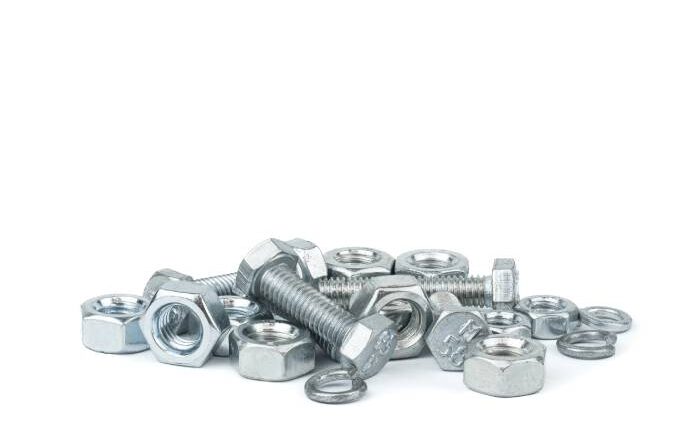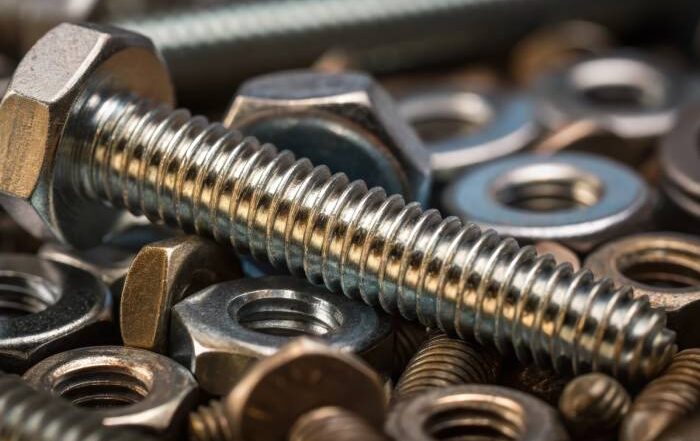
While embarking upon any project in a residential or commercial setting, chances are you will reach into your toolbox for those trusted stainless steel fasteners. Stainless steel is a popular choice for fasteners of all kinds because of the material’s longevity and strong resistance against corrosion and dirt. However, many users of stainless steel fasteners tend to make one or more of the 4 mistakes discussed below. Avoid these pitfalls to ensure that you really get the lifetime of use from your fasteners that you should.
- Leaving Exposed Surfaces Open to Contamination and Corrosion
The exposed part of the fastener, for example, the top part of a screw, can often be exposed to various contaminants that could cause corrosion. For instance, metal filings may settle on it, causing it to rust gradually. This also leads to internal damage and decay of the material. Try to keep the exposed parts covered at times when such contaminants might be present, and promptly clean any likely culprits away. Other tips to reduce contamination include:
- Ensure the screw tips are made from Chrome Vanadium steel
- Use hardened-chrome plated Allen keys
- Use high-quality stainless steel or hardened-chrome hammers
- Using the Wrong Grade
The first question you must ask yourself: What material or grade of fastener do I need? Unfortunately, few people take note of the grade of steel that has been used to make their fasteners. It would pay to start being conscious of this. In an environment where corrosion is a likely occurrence, choose 316-grade stainless steel, which has excellent resistance to metal oxidization. Alternatively, 304 also offers decent resistance against corrosion. Other grades are likely to corrode relatively quickly.
- Using Low-Nickel Stainless Steel
The nickel content of stainless steel is an important aspect of its rust-resistant properties. However, several of the stainless steel fasteners (200 series) are low in chromium content, making them more susceptible to rusting. Fasteners that are low in nickel as well and relatively higher in manganese, are not suitable to resist rusting. Again, you should opt for 316 stainless steel. However, there are several proprietary grades, which are sold as 304 or 316, and are high in manganese and low in nickel that have entered the market. These are not suitable in coastal environments.
- Uneven Finishing
One method to ensure better corrosion resistance of your fasteners is selecting the right finish. If you leave your fasteners, especially hinges or down-pipes, unevenly seated or not flush with the surface, you are leaving gaps that could be filled by dusty particles. Over a period of time, these fasteners can end up with rougher surfaces. These can break down the protective layer of chromium oxide and lead to corrosion. Be careful of how you seat your fasteners.
Still uncertain of how to avoid mistakes and make the most of your stainless steel fasteners? Look no further, contact Marsh Fasteners for all the answers you need.



